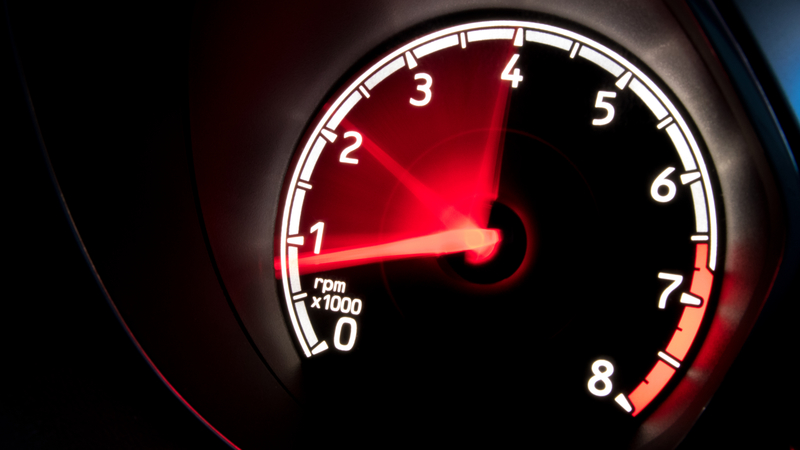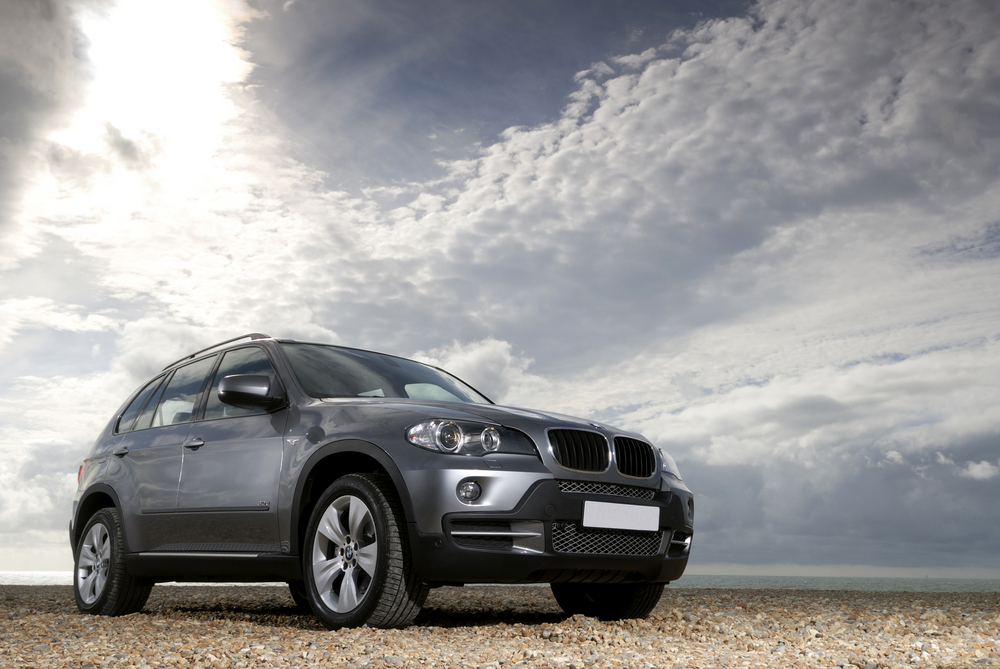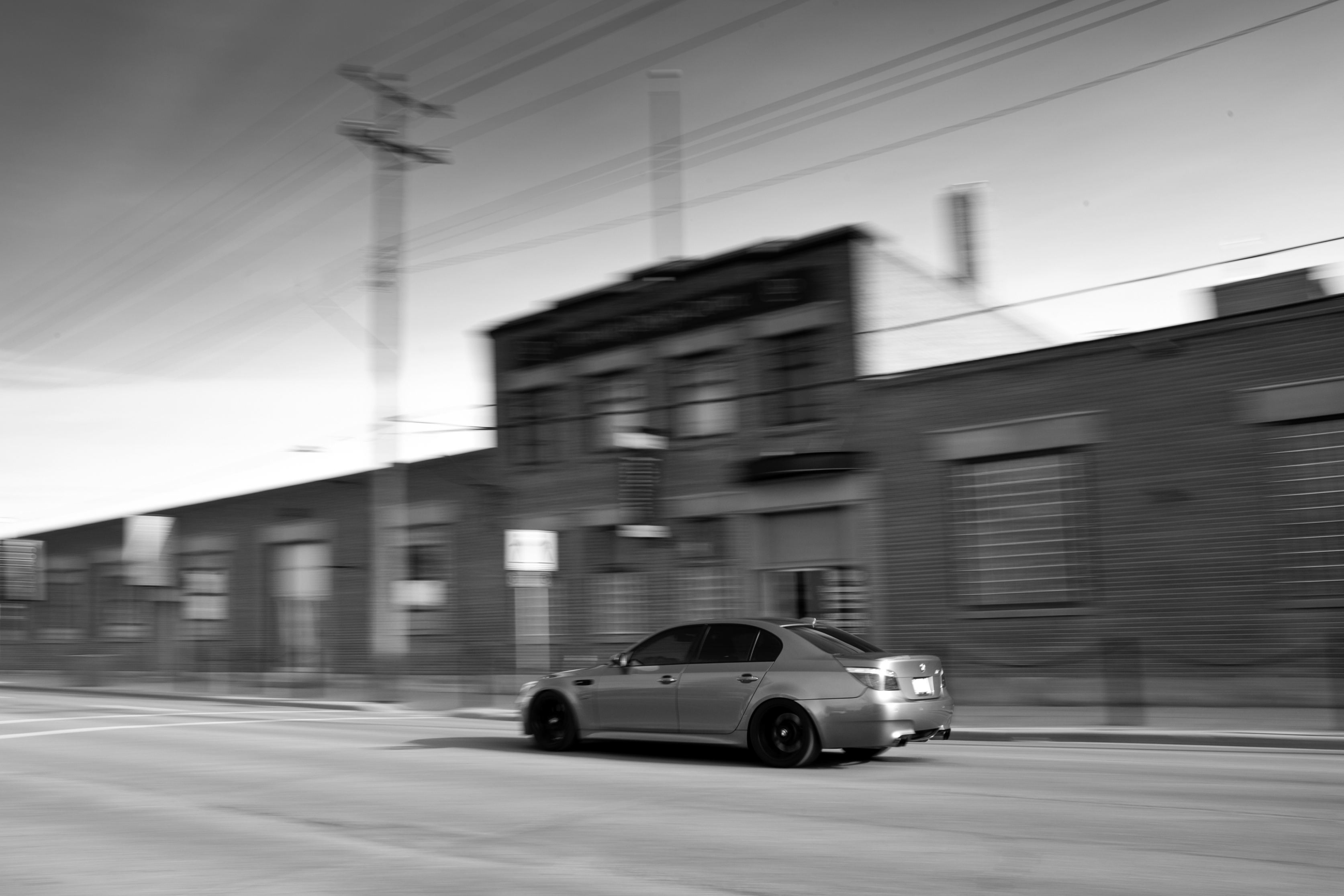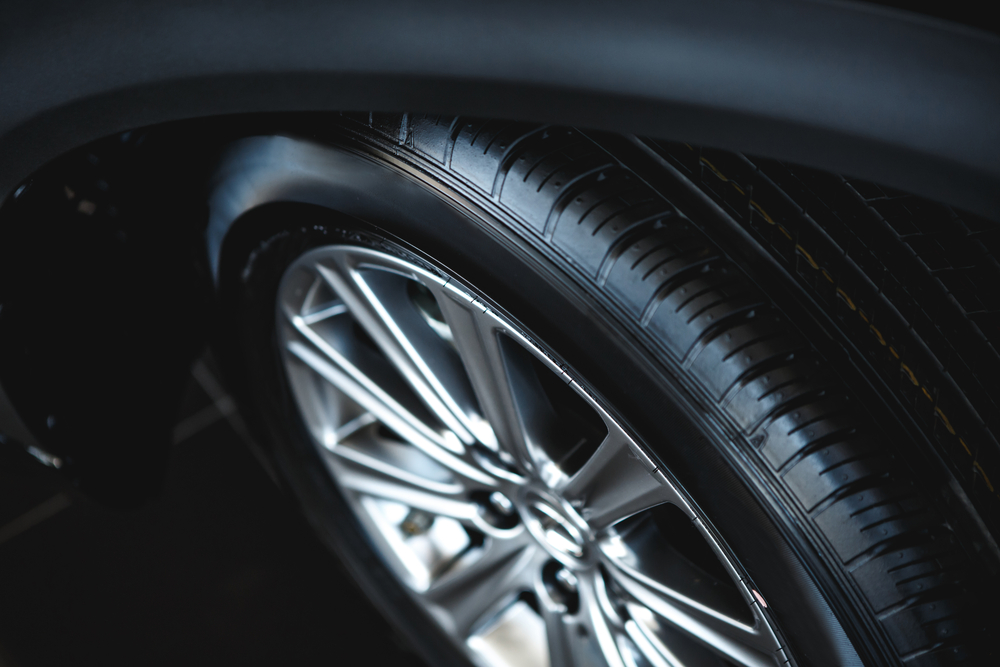A lot of cars look alike, but the ones that hold a place in popular consciousness have a certain spark of design genius that makes them unmistakable. MINI is the perfect example of a brand whose vehicles have a truly iconic look. So where exactly did it start and how did it develop?
Early Days
In late 1950s England, gas prices had skyrocketed thanks to the effects of an invasion of Egypt known as the Suez Crisis. Engineers at Morris Motors took it upon themselves to come up with a four-seater vehicle that was compact, fuel efficient, and affordable while maintaining excellent functionality. In order to achieve their goals, they designed a body which held its wheels as far out to the corners as possible and seated the engine sideways. First revealed to the public in 1959, these unprecedented traits are what gave the MINI its most important core design philosophy, allowing for precise handling and stability even on the tightest turns.
Branching Out
As the years went on and the MINI became a widespread sensation, variations on the basic design followed. The ‘60s saw the introduction of longer bodies and barn-style rear doors on the Traveller and Countryman, increased utility with the Pickup and the Jeep-like Moke, as well as a squarer frontal design for the Clubman at the end of the decade. These models managed to widen appeal and application while still maintaining that compact and affordable philosophy. A playful spirit of customization behind the MINI also contributed to its appeal, allowing drivers to express themselves through the unique character of their models.
A New Millennium
The acquisition and relaunch of the MINI name by BMW led to further design evolution. The first model under new ownership, the MINI Hardtop, answered increasing demand for compact hatchbacks and established a new look that inherited BMW’s sporty influence while maintaining loyalty to the original 2-door MINI. The distinctive exhaust we see today was actually the result of a last-minute improvised addition to the clay mockup using a discarded beer can. After further expansion into convertibles, coupés, vans, and crossovers, MINI represents a diverse range of vehicle types that all harken back to that original compact design.
When it comes to well-engineered vehicles like BMWs and MINIs, beauty is just as much on the outside as it is on the inside. You can’t maintain any of that beauty without a skilled, experienced team of technicians by your side. Call (403) 453-0269 and Motorwerkes will have you covered!





